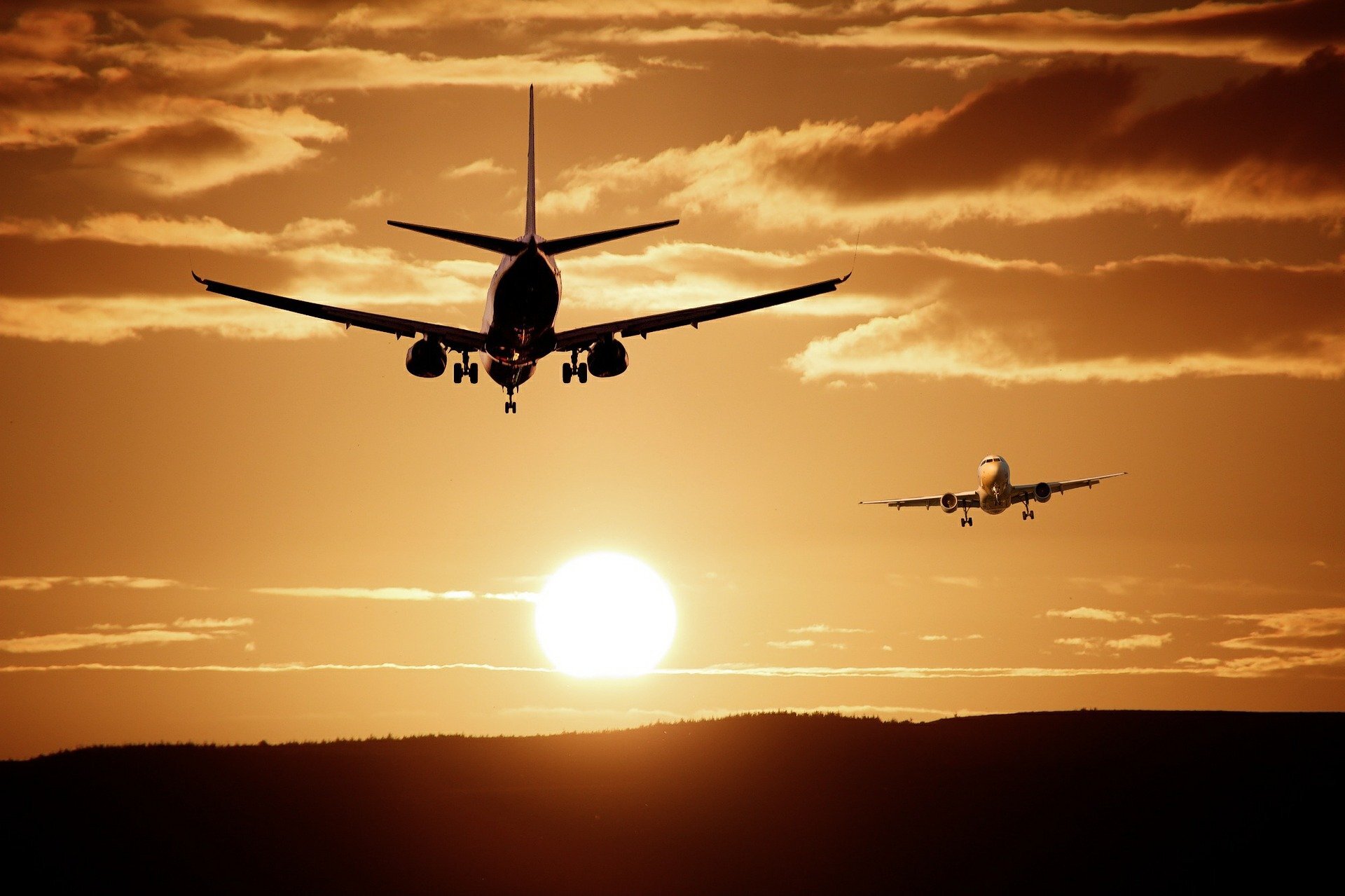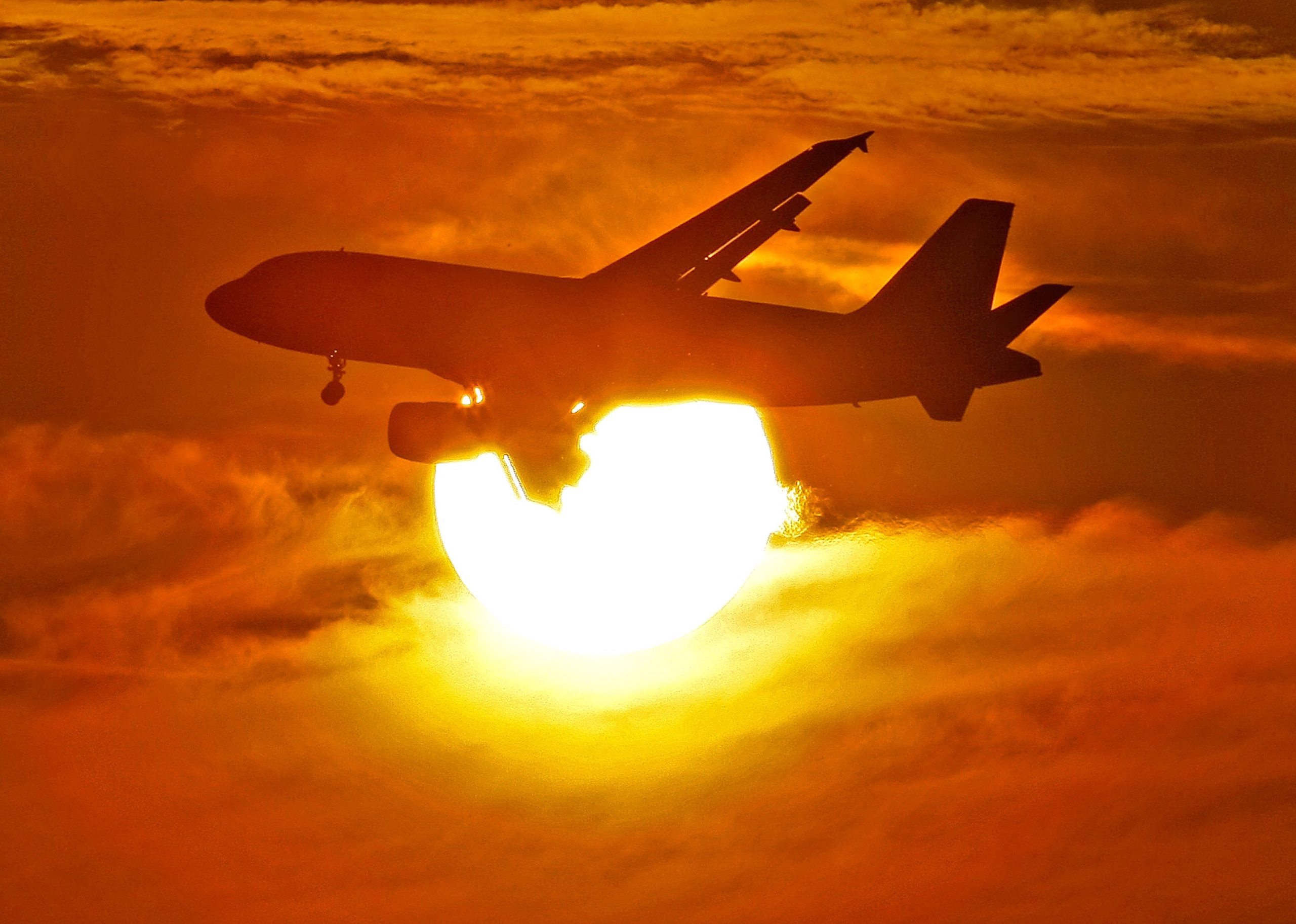As summer heats up, travelers may face increased flight disruptions due to unpredictable weather patterns and rising temperatures. This busy travel season is notorious for frequent storms and extreme heat, which can significantly impact flight schedules and passengers’ comfort levels.

Weather-Driven Flight Disruptions
Weather conditions are a primary cause of flight delays, accounting for nearly two-thirds of all disruptions. According to the Federal Aviation Administration (FAA), 63% of flight delays are attributed to adverse weather. “The FAA’s job is to get travelers to their destination safely and efficiently,” stated the agency. “This summer will see more planes in the skies, frequent bad weather, and increased use of the nation’s airspace. We are continuously working to address these challenges.”
Southern hubs are particularly vulnerable to summer weather disruptions. FAA Administrator Mike Whitaker explained, “While we can’t control the weather – which is the number one reason for delays – we plan for and work around convective conditions. To improve safety and enhance efficient operations on the runway, we are installing innovative new surface surveillance technologies at airports around the nation.”
The Impact of Extreme Heat on Aviation
Rising global temperatures not only increase storm frequency but also affect the ability of aircraft to take off and land. Bob Thomas, assistant professor of Aeronautical Science at Embry-Riddle’s Daytona Beach Campus, highlighted the challenges posed by hot weather: “When air is hot, it becomes less dense due to air molecules spreading out. Hot air is thin air. While this reduces the lift on which planes rely for takeoff, the main impact is felt on engine thrust. Aircraft engines will produce less thrust during takeoff and ascent as a result,” making it harder or even impossible for planes to take off.
High temperatures can necessitate weight restrictions for some aircraft, potentially leading to passenger bumping. In extreme cases, airlines may cancel flights altogether. Most mainline Airbus and Boeing jets can safely take off up to 122 degrees Fahrenheit, while smaller regional jets often have lower temperature thresholds. Factors such as the plane’s weight, airport altitude, and specific conditions determine the exact limits.
Tips for Minimizing Travel Delays
To mitigate the impact of weather-related disruptions, travelers can take several precautions. The safest strategy is to book the first flight of the morning, when temperatures are typically lowest, reducing the likelihood of delays. Early flights are also less prone to experiencing knock-on delays from earlier disruptions.

Another tip is to avoid connecting flights through airports that are particularly susceptible to summer weather delays. A useful rule of thumb is to connect through northern airports in the summer and southern airports in the winter, as these regions are less likely to be affected by extreme seasonal weather.
